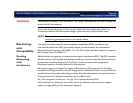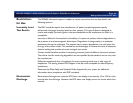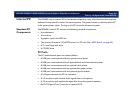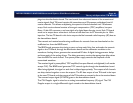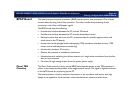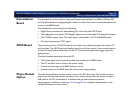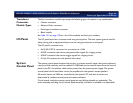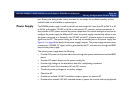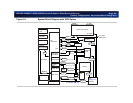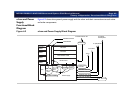
M2540-92000-01 A M2540 Ultrasound System Field Service Manual Page 43
Theory of Operation: Demodulator Board
Demodulator
Board
The demodulator board performs image and Doppler demodulation for BMode, MMode, PW
and CW phased and non-imaging Doppler modes, and color flow mode. It sends a baseband data
stream to the BPAP board.
The demodulator board contains the following:
• Digital filters and mixers for demodulating 2D, color flow, and PW RF data
• The independent transducer CW Doppler electronics and steerable CW detector functions
• The 120 MHz system clock. The clock signal is distributed to the TR and BPAP boards.
• Circuitry that generates TGC signals
APIO Board
The acoustic processor I/O (APIO) board is the token ring interface between the system’s PC
and the e-box. The APIO board also handles input from the foot switch’s three control buttons
(via the I/O panel) and forwards them to the PC. The board also generates trigger signals for
legacy printers.
The board handles these signals from the PC:
• The R-wave pulse from the physio module that it sends to the BPAP board
• The DC on-off bit that it sends to the power supply
• Commands that program the BPAP board at startup
• Acoustic data from the BPAP board for the acoustic imaging display
Physio Module
Option
The self-contained Physio module resides in one of the PC’s drive bays. The module receives
power from the drive bay’s power connector, but it communicates with the system through a
USB cable to the PC’s motherboard. A shielded and grounded enclosure prevents
electromagnetic interference. See Figure 4-3 on page 51 for a detailed representation of the
module’s functions and connections.



